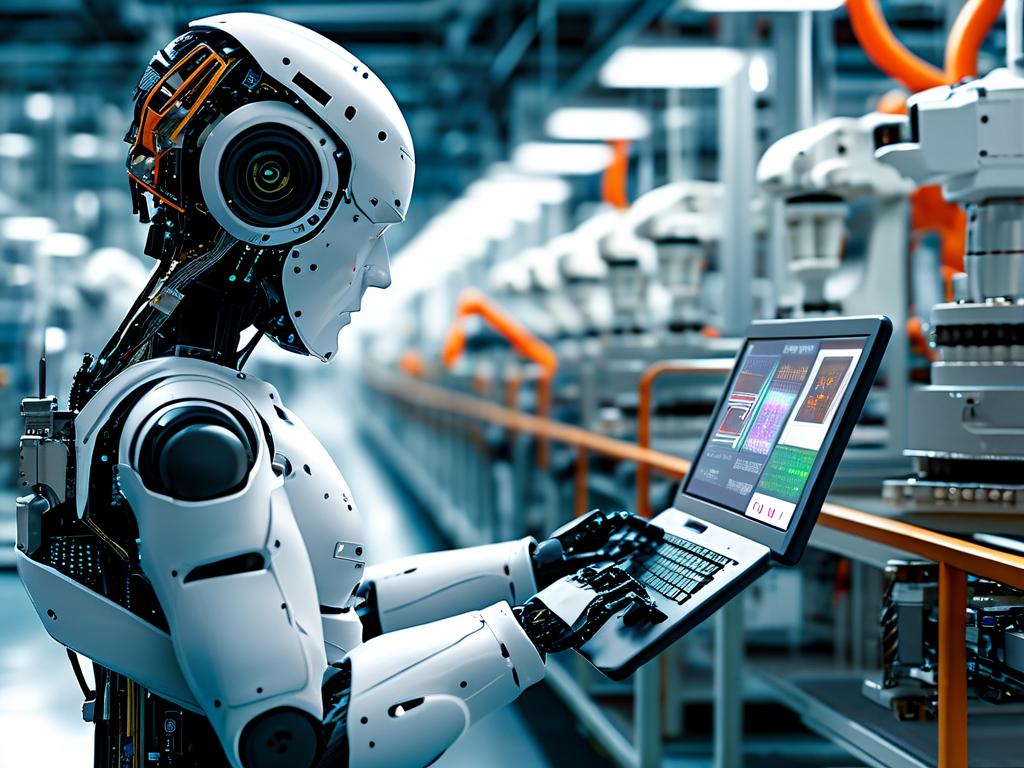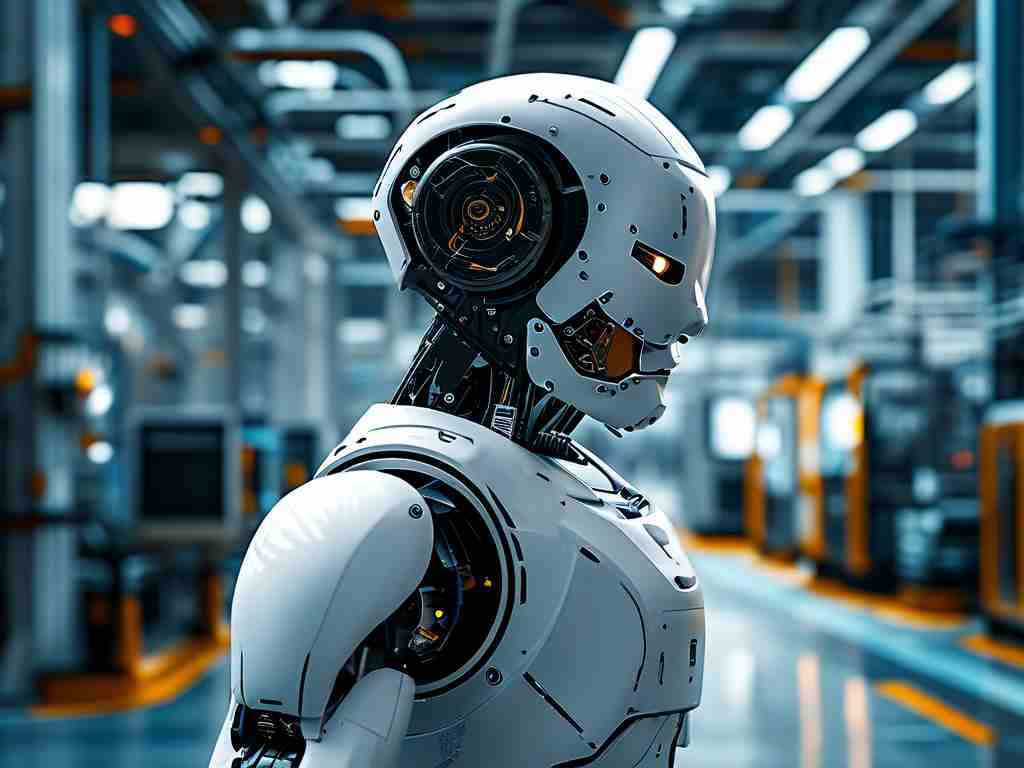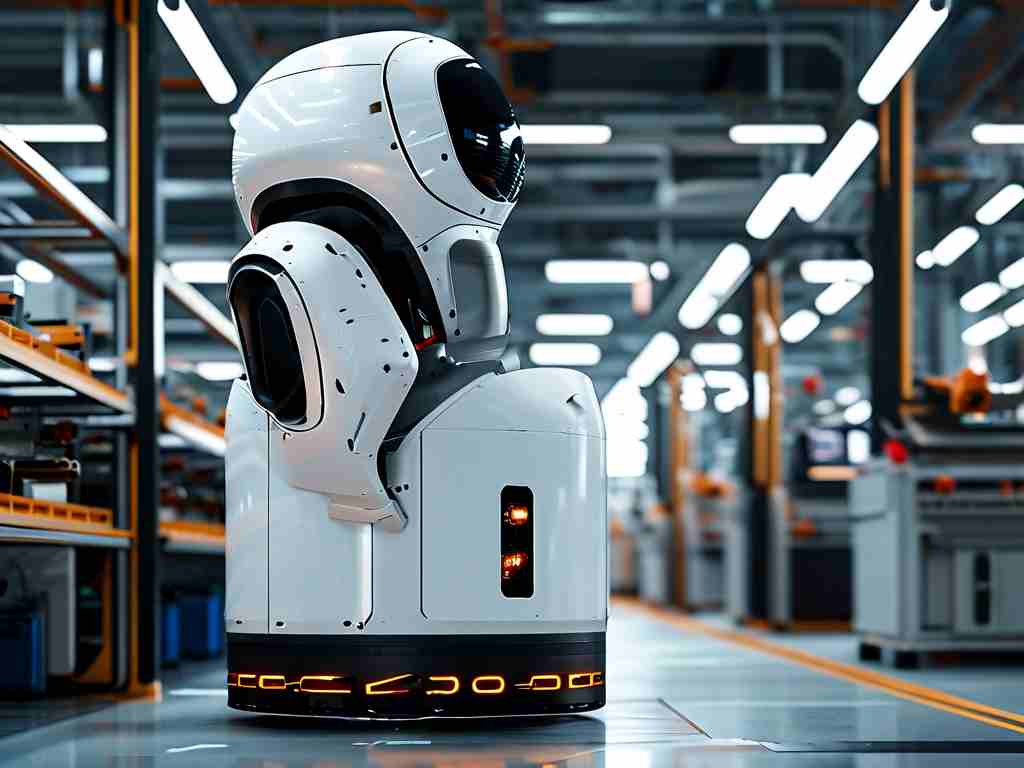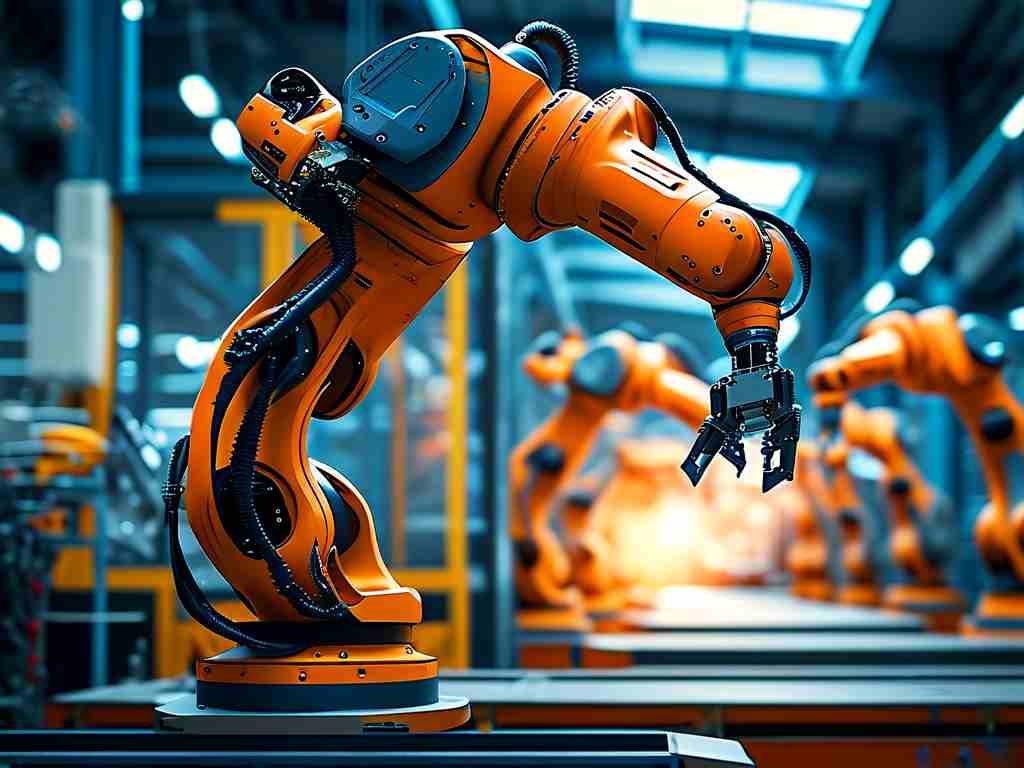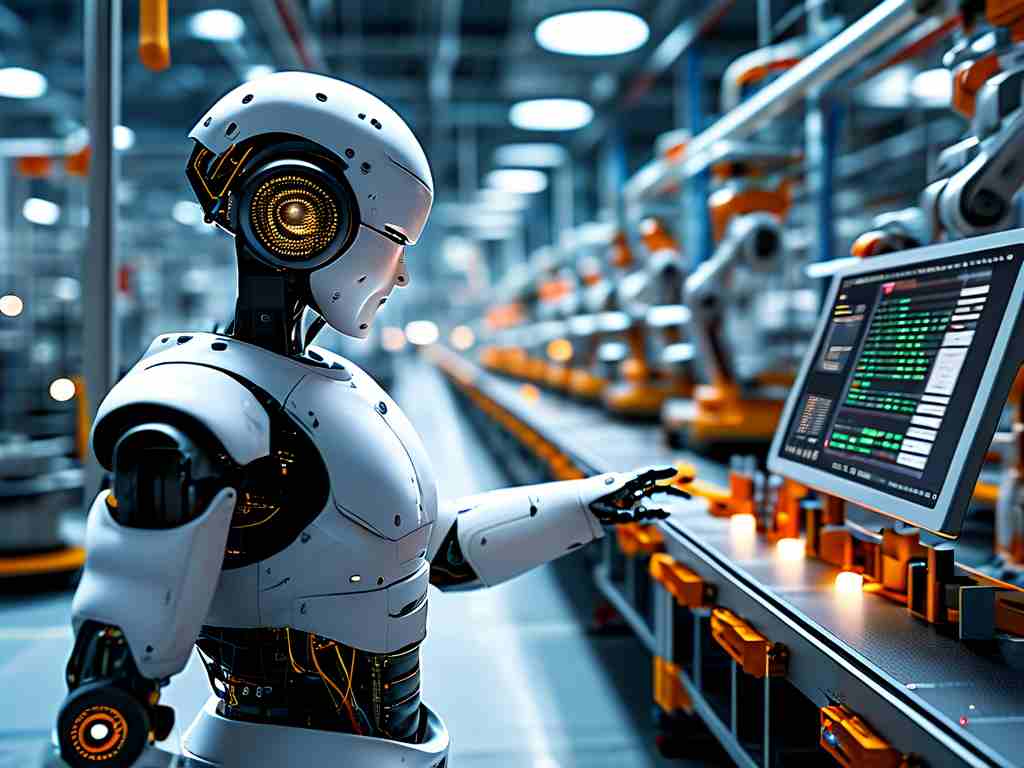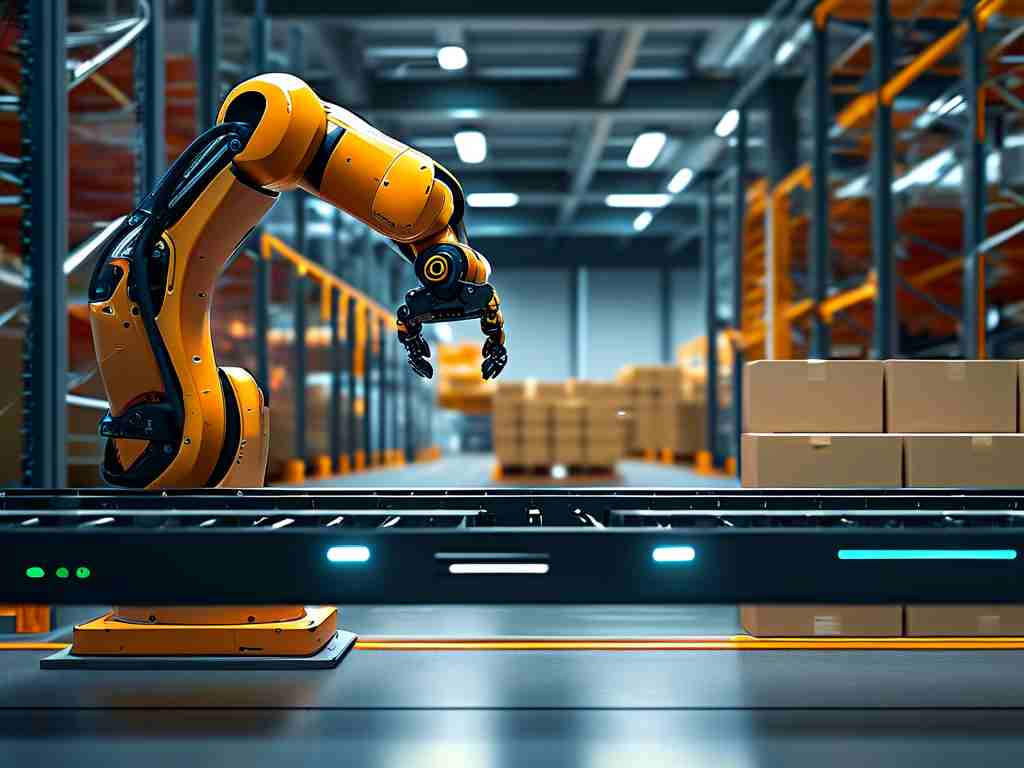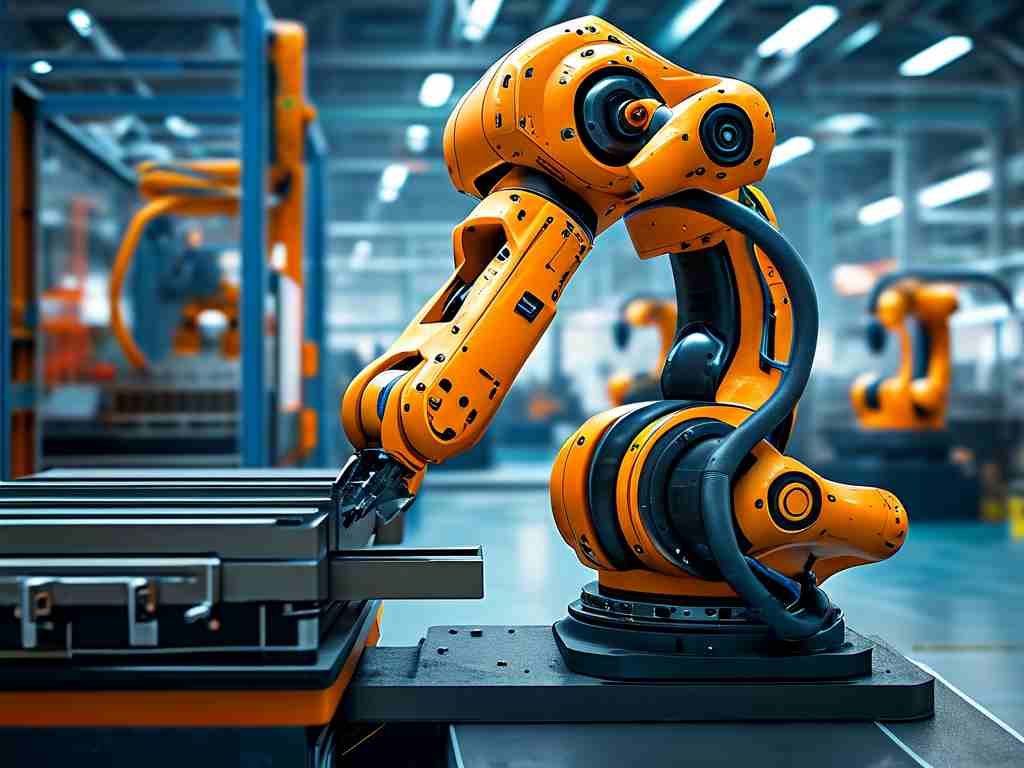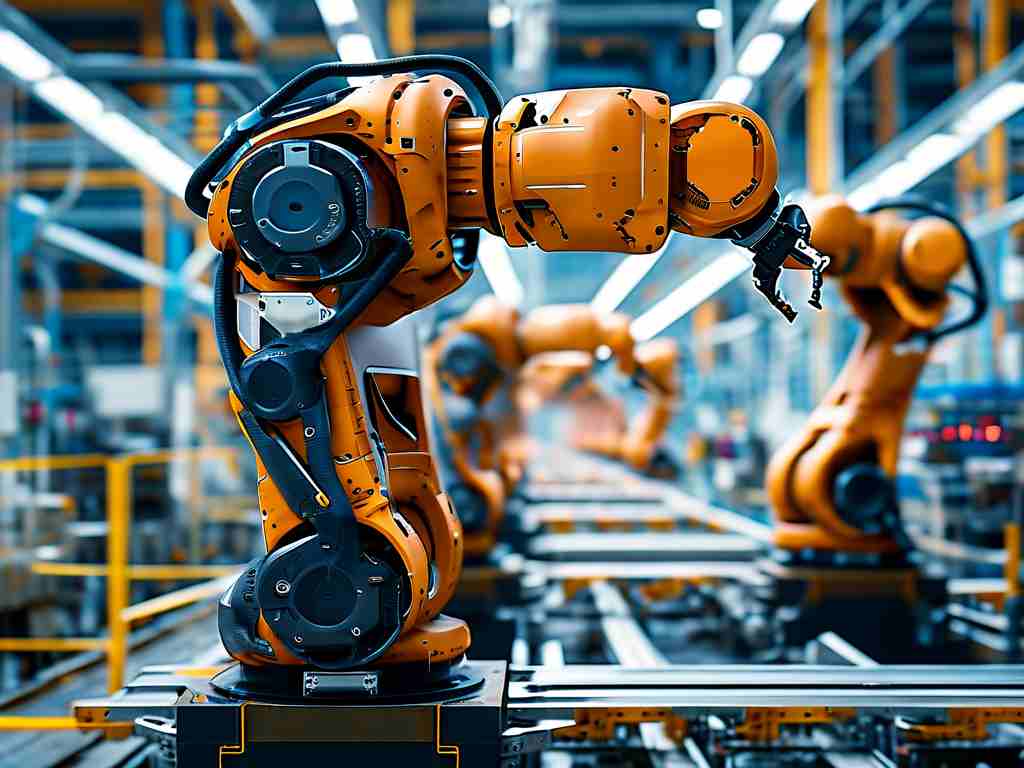The integration of robotic pipeline prefabrication technology is reshaping traditional industrial construction methodologies. By combining advanced automation, precision engineering, and data-driven workflows, this innovation addresses critical challenges in sectors such as oil and gas, chemical processing, and urban infrastructure development.
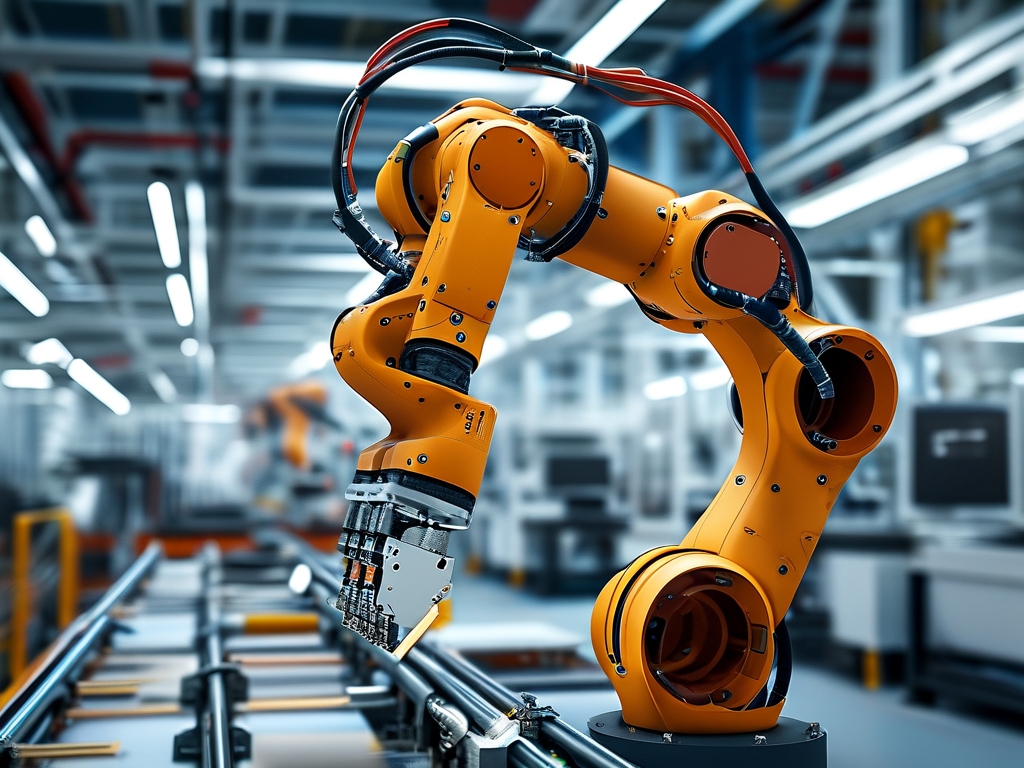
The Core Mechanism
At its foundation, robotic pipeline prefabrication relies on programmable robotic arms equipped with multi-axis mobility and specialized end-effectors. These systems automate tasks like cutting, welding, and assembly, guided by 3D modeling software that converts design blueprints into executable instructions. For instance, a robotic welder can adjust its trajectory in real-time using laser alignment sensors, ensuring millimeter-level accuracy even for complex pipe geometries. This eliminates human error and reduces material waste by up to 15% compared to manual processes.
Operational Advantages
One of the most significant benefits lies in enhanced workplace safety. By delegating hazardous tasks—such as welding in confined spaces or handling toxic materials—to robots, companies report a 40% reduction in onsite accidents. Moreover, the technology accelerates project timelines. A case study from a Norwegian offshore platform revealed that robotic prefabrication slashed pipeline installation time by 30%, as pre-assembled modules were shipped ready for direct integration.
Quality consistency is another cornerstone. Automated systems maintain uniform weld penetration depths and joint tolerances across thousands of pipeline segments, a feat nearly unattainable through manual labor. This standardization is critical for high-pressure applications in the energy sector, where even minor defects can lead to catastrophic failures.
Industry Applications
In the petrochemical industry, robotic prefabrication supports modular plant construction. Factories now produce entire pipeline racks offsite, complete with pre-installed valves and sensors, which are later transported and assembled like LEGO blocks. This approach minimizes onsite labor costs and weather-related delays. Similarly, municipal water treatment projects leverage this technology to prefabricate corrosion-resistant PVC pipelines with embedded IoT sensors for real-time leak detection.
Challenges and Adaptations
Despite its promise, adoption barriers persist. High initial capital expenditure—often exceeding $2 million for a full robotic setup—deters small and medium enterprises. Additionally, workforce upskilling remains a hurdle. To address this, companies like PipeTech Robotics have introduced subscription-based "automation-as-a-service" models, allowing clients to lease equipment with included operator training programs.
Another challenge involves material variability. For example, robotic systems optimized for stainless steel may struggle with composite materials like GRP (glass-reinforced plastic). Innovators are responding with adaptive machine learning algorithms that analyze material properties during processing and auto-calibrate tool parameters.
Future Trajectories
The convergence of this technology with digital twins and AI-driven predictive maintenance is imminent. Imagine a scenario where robotic prefabricators not only build pipelines but also embed unique QR codes onto each segment. These codes link to digital twins that track performance metrics throughout the asset’s lifecycle, enabling proactive repairs before failures occur.
Furthermore, advancements in swarm robotics could enable collaborative fleets of smaller robots to assemble pipelines in parallel. Early prototypes from MIT’s Engineering Lab demonstrate how synchronized micro-robots can weld pipe joints simultaneously from multiple angles, cutting assembly time by half.
Robotic pipeline prefabrication technology transcends mere automation—it represents a paradigm shift in industrial engineering. By marrying precision, efficiency, and scalability, it empowers industries to meet escalating demands for safer, faster, and more sustainable infrastructure development. As cost barriers lower and AI integration deepens, this technology will undoubtedly become a standard rather than an exception in global construction ecosystems.


